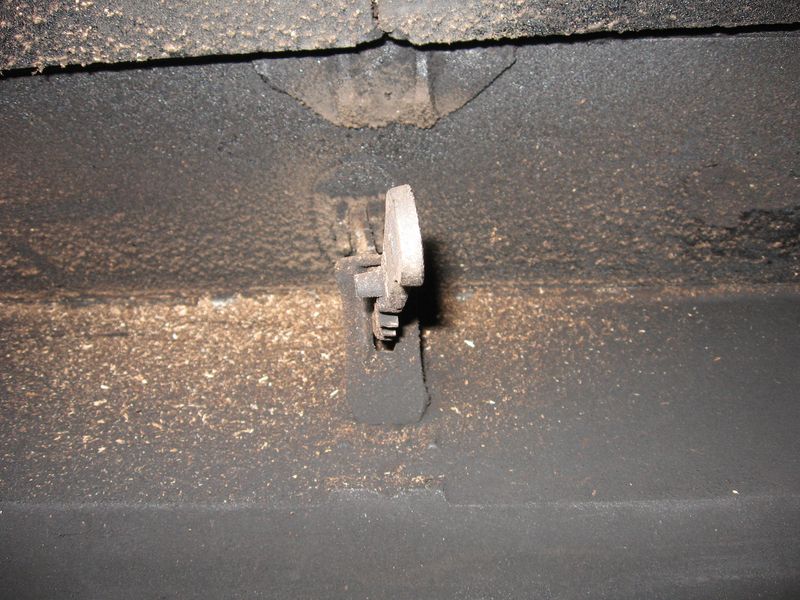Why do Dampers Leak Cold Air Even When They Are Closed?
Fireplace dampers are a 300+ year old invention. They are not much different today than they were 300 years ago. Here are 6 reasons dampers leak cold air:
- Dampers and their frames are made of cast iron or sheet metal, so even a brand new damper that has never been used is leaky. The metal on metal contact points do not close perfectly, and you cannot have weather stripping on a damper door or it will burn off when you use the fireplace.
- Dampers are heated unevenly with an open flame on a regular basis. This is a recipe for metal warping.
- Dampers conduct heat and cold because of their solid metal construction. There is no insulation or R-value to a damper door.
- Dampers get coated with creosote and soot. This coating tends to build up and cause a crust that further foils the metal on metal contact points. This crust can be removed with some scrubbing, but even chimney sweeps rarely spend time cleaning the damper itself. They just scrub the flue and smoke chamber.
- The hinges on a damper are crude mechanical devices usually consisting of two interlocking fingers or just a pivot point. They are not continuous like a piano hinge. If you push on the hinge side of a damper door, you will see there is not much holding it together.
- If you have a vented gas log that was professionally installed, the damper was blocked open or removed. According to code, when a gas log is installed the damper must be locked in a fully open position. This causes an enormous amount of heat loss.
As you can see, dampers are poorly designed to serve as a dam to hold back your interior heated air and to keep cold outside air from seeping in. Using a product like a Flueblocker, a Chimella or a Chimney Balloon in your dormant fireplace can go a long way to stop heat loss, make your home less drafty, and save money on heating and A/C bills.
